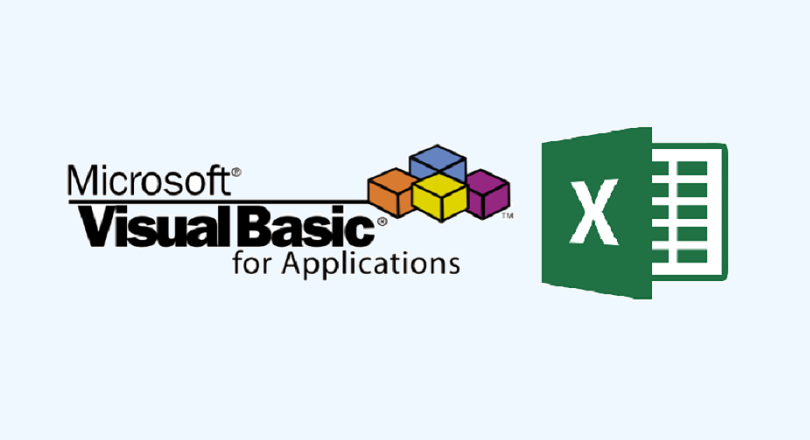
Free eBooks for Beginners
VBA, or Visual Basic for Applications, is a programming language that can be used to automate tasks in Microsoft Office programs such as Excel, Word, and PowerPoint. One common task that VBA can be used for is measuring the length of strings, which refers to the number of characters in a piece of text.
If you’re a beginner to VBA, don’t worry – measuring the length of strings is a relatively simple task that can be accomplished with just a few lines of code. In this article, we’ll take a look at how to do this and some useful tips for working with strings in VBA.
To start, you’ll need to open the VBA editor in the Office program you’re working in. In Excel, for example, you can do this by going to the Developer tab and clicking on the Visual Basic button. Once the editor is open, you can create a new module by clicking on the Insert menu and selecting Module.
Once you have a new module, you can start writing code. To measure the length of a string, you can use the Len() function, which is built-in to VBA. The syntax for the Len() function is as follows:
Len(string)Where “string” is the text that you want to measure. For example, if you wanted to measure the length of the string “Hello World!”, you would use the following code:
Length = Len("Hello World!")This would assign the value 12 to the variable “Length”, since “Hello World!” has 12 characters.
Another useful function for working with strings in VBA is the Left() function, which can be used to extract a certain number of characters from the beginning of a string. The syntax for the Left() function is as follows:
Left(string, number)Where “string” is the text that you want to extract from, and “number” is the number of characters that you want to extract. For example, if you wanted to extract the first 5 characters from the string “Hello World!”, you would use the following code:
FirstFive = Left("Hello World!", 5)This would assign the value “Hello” to the variable “FirstFive”.
Another function for working with strings is the Right() function, which is similar to the Left() function, but it extracts the characters from the end of the string. The syntax for the Right() function is as follows:
Right(string, number)Where “string” is the text that you want to extract from, and “number” is the number of characters that you want to extract. For example, if you wanted to extract the last 5 characters from the string “Hello World!”, you would use the following code:
LastFive = Right("Hello World!", 5)This would assign the value “orld!” to the variable “LastFive”.
In addition to these functions, there are many other useful functions and techniques for working with strings in VBA, such as the Mid() function, which is used to extract a certain number of characters from a string starting at a specific position.
As you can see, measuring the length of strings and working with strings in general is relatively simple with VBA. With just a few lines of code and the built-in functions, you can easily automate tasks and manipulate text in your Office documents. With practice and exploration of other string functions, you can become more proficient in VBA programming.
VBA for Beginners – Chapter 12 : Measuring the length of strings
 Loading...
Loading...
Disclaimer: The information and code presented within this recipe/tutorial is only for educational and coaching purposes for beginners and developers. Anyone can practice and apply the recipe/tutorial presented here, but the reader is taking full responsibility for his/her actions. The author (content curator) of this recipe (code / program) has made every effort to ensure the accuracy of the information was correct at time of publication. The author (content curator) does not assume and hereby disclaims any liability to any party for any loss, damage, or disruption caused by errors or omissions, whether such errors or omissions result from accident, negligence, or any other cause. The information presented here could also be found in public knowledge domains.